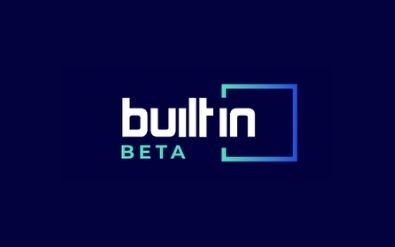By Kaycee Lai | August 10, 2021
It’s cutting-edge now, but soon a data fabric will be an essential tool. Here’s how it will transform data architecture and create a new competitive advantage.
If you’re up on the latest trends, you’ve probably heard about something called a “data fabric.” But for most people, this probably sounds about as esoteric as ‘the internet’ sounded in the early 1990s. A data fabric can be thought of as an integrated virtual layer that connects all of an organization’s data and the processes and software associated with it. A data fabric overlays analytics on metadata assets to enable greater use of data across all divisions, departments, and data repositories, regardless of how siloed they might be. On an ongoing basis, a data fabric leverages machine learning and artificial intelligence to connect data from an organization’s various data sources to uncover and identify relevant relationships. A data fabric’s features and functionality not only serve the needs of a business, but can help it take giant leaps forward in terms of the value it derives from its data.
If this definition still sounds as esoteric as “world wide web” did to the 1993 mind, read on.
Read the full article at Built In



